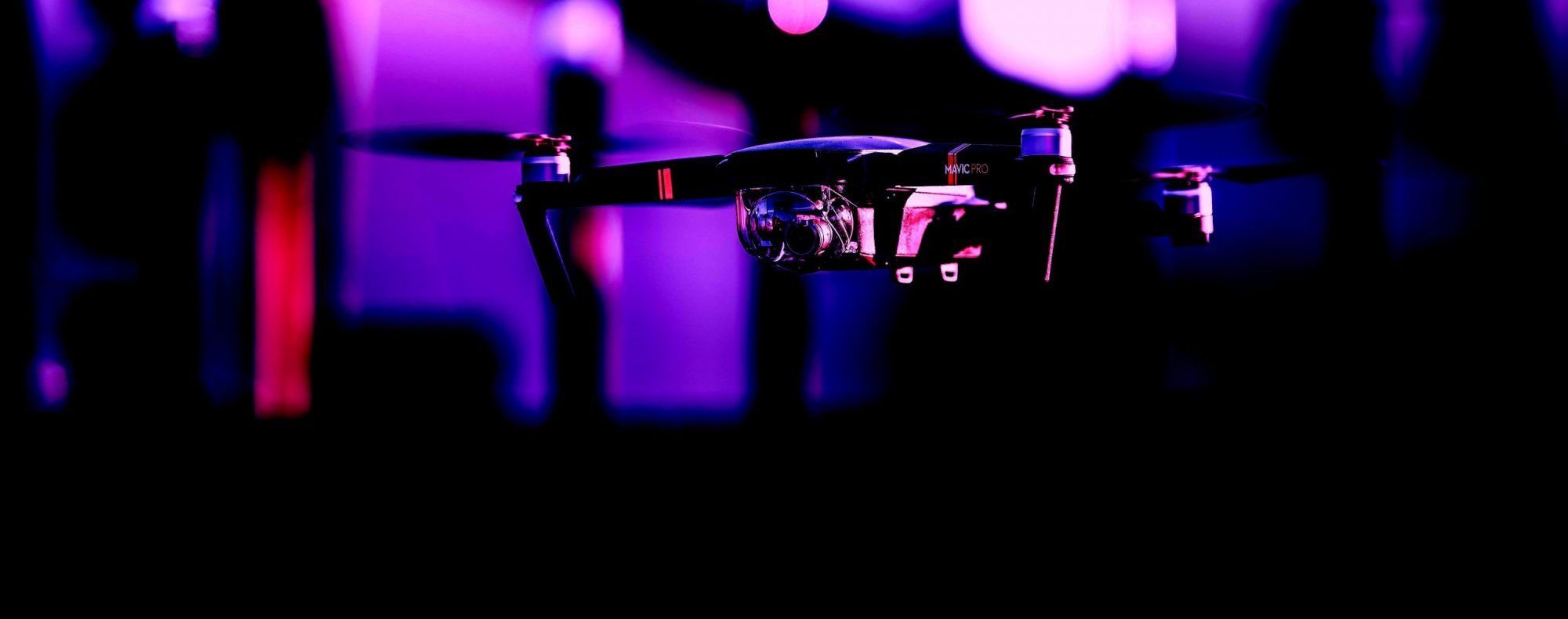In September of 2016, we were addressing different scenarios that can arise from the next major technological movement in the twenty-first century, which was Drone technology, the precursor to autonomous transport vehicles including driverless cars, air taxis and autonomous bullet trains. With so many new modes of public transportation coming, a major rewrite of aviation and air traffic regulations is overdue. The national airspace will be too crowded for then-current regulations and technologies, which were and still are not equipped to handle the increased air traffic.
There’s another stealth drone attack threat:
the drone cyber-attack.
While drone technology is making positive advances, we have also been considering the negative side which became the focus for our autonomous vehicle defense research at Whitmarsh Research Group. This research included small drones, which are classified by the FAA as weighing between .5 lb. to 55 lbs. We wrote previously about how terrorists are weaponizing drones by customizing them to carry armaments, biological and chemical agents, or dirty bombs and other explosives. Any of these weapons used on drones will bring terror to another level, where stealth attacks made with as much as a single drone can be as catastrophic as 9/11.
Is Your Network Really Secure?
There’s another stealth drone attack threat: the drone cyber-attack. We’ve been researching different technologies that terrorists are working with in an effort to anticipate and defend against their next move and another threat: the development of the cyber drone which is now being used for expanding the manipulation of cyber-hacking or “cracking” into high-end security network systems. Rumors surfaced on the Black Web in late 2015. When we began developing the core technologies for our since-patented UAV Defense System™ (U.S. Patent Number 110224407) in 2007, we simulated several drone attack scenarios. Some were drones disguised as simple toys and used in simulated suicide bombings and others included drones used in simulated cyber-attacks. We are seeing the future we anticipated quickly manifest in the present. As the terrorists have been figuring out how to use and weaponize the off-shelf Drones, some groups are modifying drones with intent to hack networks.
Hackers can use drones to manipulate and compromise any network, making a direct entry without using the Internet as an entry point. The drone of choice for hackers costs less than $500 and weighs less than a pound and half. It has a range of 1.2 miles and can stay aloft for 45 minutes. This addition to the terrorist and hacker’s bag of tricks is a major threat to Homeland safety. There’s currently no way to block a drone cyber-attack, regardless of what IT Directors or security personnel think or what they tell their bosses, the network owners, who should not be complacent.
Hackers can use drones
to manipulate and compromise
any network.
What would such a breach look like? Imagine that your most secure server or computer has a ghost presence, that is not able to be tracked or traced. Imagine that this presence is undetectable and others will not know it’s there, and it uses a USB drive to access your files no matter how deep the passwords or complex the algorithm is to keep intruders out. In such a scenario, you will be hacked from the point in time that the USB drive enters your machine it negated all of your data and file security. The hack will occur, money will be stolen, data will be compromised, networks will be shut down and the hacker will vanish without a trace, leaving no recognizable footprint on the network. Companies and financial institutions with sensitive data, utilities and governments are all at high risk for cyber drone infiltration.
Our patented UAV Defense System™ (U.S. Patent Number 110224407) answers this problem because it locates the signature values of drones on any network, rendering the ghosting-type behavior of the cyber drones ineffective by identifying them and de-authorizing them before they can cause harm. Companies, military and government entities with high-risk data can license our patented UAV Defense System™ (U.S. Patent Number 110224407), please contact us to inquire.




